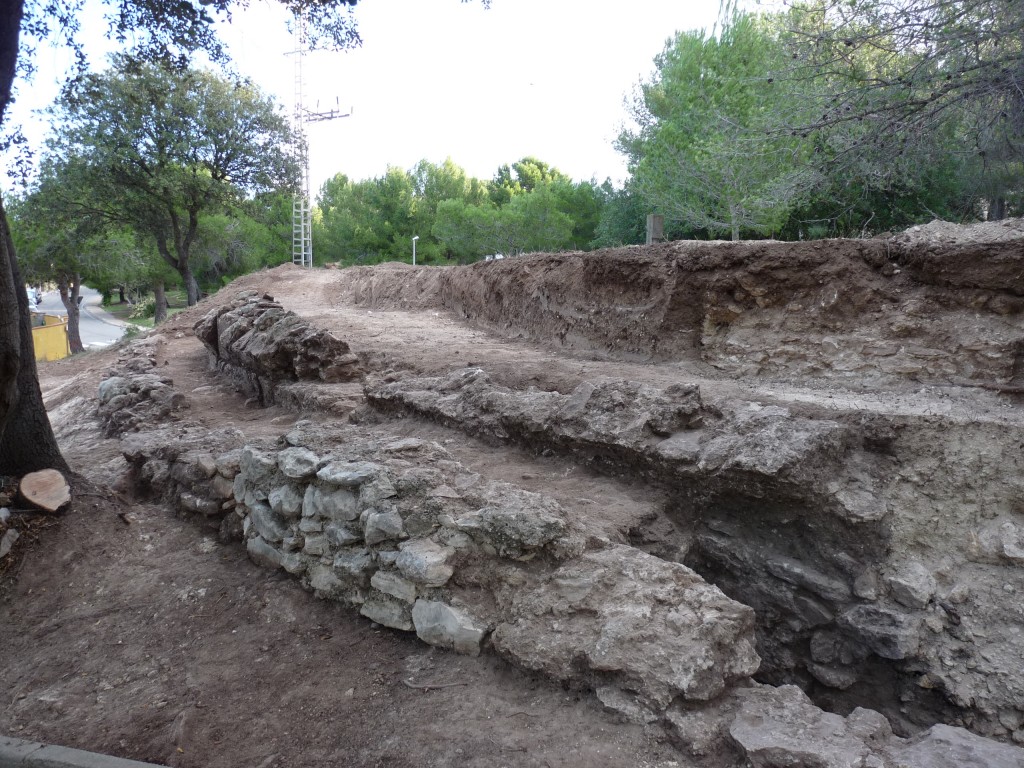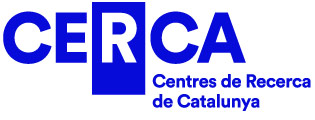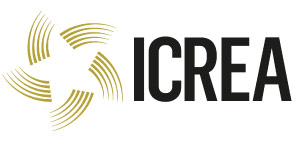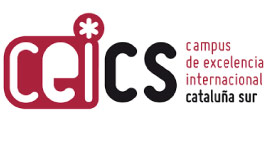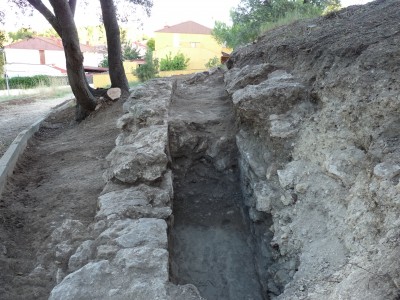

Cala realitzada a l’interior de l’aqüeducte del Gaià en el seu pas pels Pallaresos
A few days ago, archaeological excavation work was completed in a sector of the Roman aqueduct of Gaià, one of the two aqueducts that provided the city of Tarraco with water. The archaeological remains are located in the municipality of Pallaresos, in a green area in the south of the village.
The intervention is partly aimed at valuing the heritage of the aqueduct and facilitating its access to the population so that, especially the residents of Pallaresos, they can enjoy the heritage when walking through the area. It is a very good location to achieve this goal, once the archaeological remains discovered have been duly consolidated.
A 15 m section of the aqueduct has been documented, even though the researchers calculate that a total of 280 m are buried and well preserved in the same plot. The characteristics already known by other interventions have been observed: it is a construction channel covered with a barrel vault through which the water circulated, and with sufficient amplitude so that the workers who carried out the maintenance could go down to do the cleaning or repair tasks.
The conduction has been found full of soil and with the vault collapsed, so the tearing can only be observed in some points. It has also discovered a manhole originally used for accessing inside the conduction.
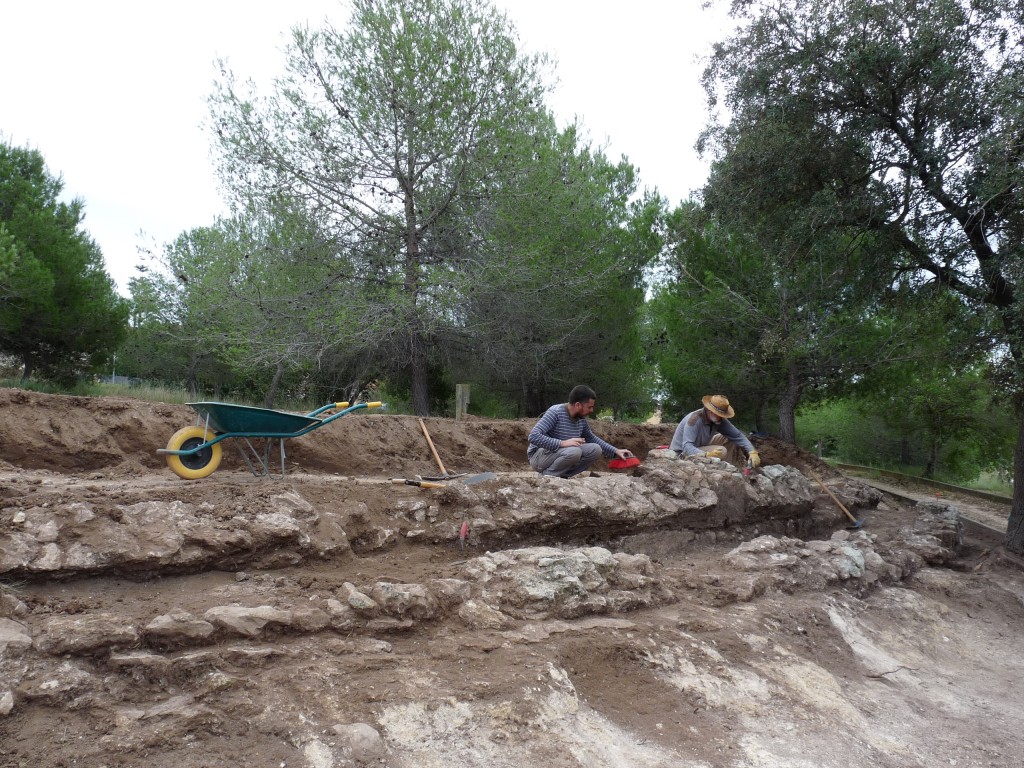

Archaeological works have revealed only the upper part of the conduction, since the walls, already in Roman times, were underground. The interior has not been emptied, in order to protect the interior roughcasts and prevent them from falling. Even so, a soil pit opened at one end of the excavated section has reached the bottom, and it has allowed knowing its entire section, as well as the stratigraphic nature of the filling of the aqueduct.
No ceramic materials have been found to contribute to dating the aqueduct, although it is known that it was built in the first century A.D. and that it was probably in service until the end of the Empire.
The intervention is part of the research projects “Aqua Augusta” (which focuses on locating and documenting topographically and photographically the aqueduct) and “The Roman aqueducts of Tarraco”, both led by ICAC researcher Jordi López. With the collaboration of the Water Consortium of Tarragona and the Mutua Catalana Private Foundation and, in this intervention, the City Council of Pallaresos (Tarragona).
